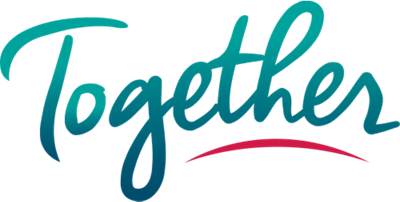Peaks of Hope: Finding hope at new heights
November 12, 2025Peaks of Hope helps cancer survivors find healing through mountaineering and outdoor adventures. Learn more about their stories.
Read this blog postFertility Decisions Before Cancer Treatment: Evan’s Story
October 30, 2025Childhood cancer treatments may impact your fertility. Read about Evan Moore’s decision to have fertility preservation before starting treatment.
Read this blog postOrtlieb’s Journey: Scholarships Help Cancer Survivors Succeed
October 22, 2025Scholarships have helped childhood cancer survivors like Evan Ortlieb achieve their college dreams. Read more about Ortlieb and find resources and advice.
Read this blog postChoosing Female Fertility Preservation Before Starting Chemotherapy
October 10, 2025Childhood cancer treatments may impact a patient's fertility. Read about Thanaydi Sandoval's decision to have fertility preservation before starting treatment.
Read this blog postSpecial Needs Trusts and ABLE Accounts: Planning for the Future
October 1, 2025Special Needs Trusts and ABLE Accounts can help people with disabilities save money while keeping federal benefits like SSI and Medicaid. Learn how they work.
Read this blog postEmily’s Voice Lives on Through Words She Left Behind
September 10, 2025Emily Ferguson wrote about her cancer experience as part of a creative writing project before she died in April 2024. Read Emily’s heartfelt words.
Read this blog post






